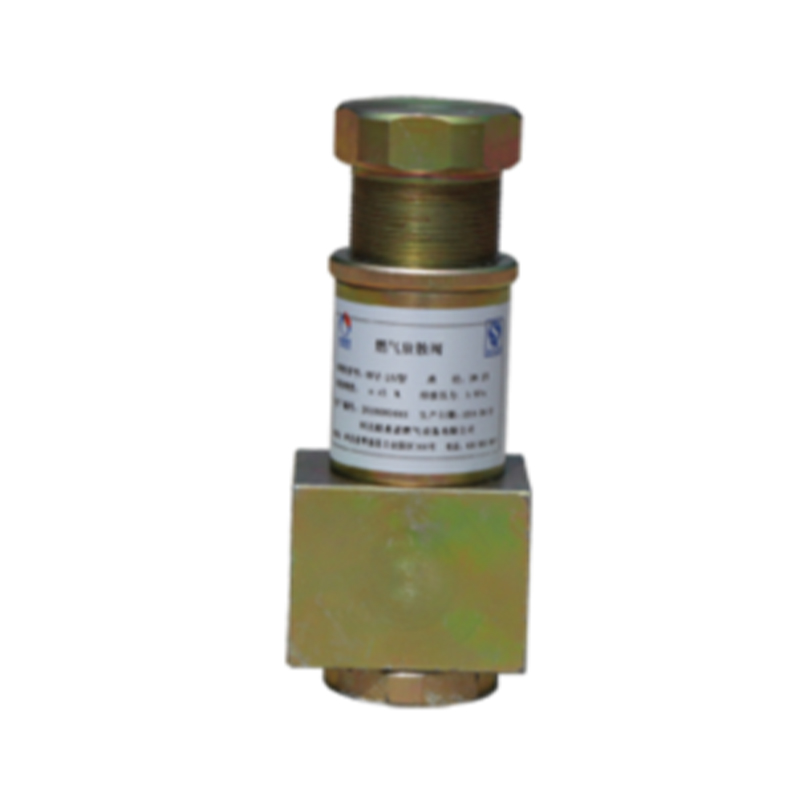
8 月 . 16, 2024 09:31
Back to list
Pneumatic Control Valve Applications and Benefits in Industrial Automation Systems
Pneumatic Control Valves An Overview
Pneumatic control valves play a crucial role in the automation and control of various industrial processes. These devices regulate the flow and pressure of compressed air or gas in a pneumatic system, ensuring the efficient operation of machinery and processes in sectors such as manufacturing, packaging, and automotive industries.
Understanding Pneumatic Control Valves
At its core, a pneumatic control valve is a mechanical device designed to control the flow of fluid, usually air or gas, through pipelines. It acts as a gatekeeper, enabling or restricting flow based on the input signals it receives. These valves come in various designs, including globe, ball, and butterfly types, each serving specific functions suited to different applications.
The primary components of a pneumatic control valve include the valve body, actuator, positioner, and feedback system. The valve body contains the flow path, while the actuator—often a pneumatic cylinder or diaphragm—controls the opening and closing of the valve. Positioners are critical as they ensure that the valve reaches its desired position accurately and quickly, based on the control signals from the controlling device, usually a programmable logic controller (PLC).
How Pneumatic Control Valves Work
The operation of a pneumatic control valve relies on the principles of pneumatics—using compressed air to generate mechanical motion. When a control signal is sent to the actuator, it responds by moving the valve towards an open or closed position. This movement changes the cross-sectional area through which the gas can flow, thereby controlling the flow rate and pressure within a system.
One common application of pneumatic control valves is in regulating air pressure in a pneumatic circuit
. For example, in a manufacturing plant, these valves can be used to control air pressure feeding into pneumatic tools, ensuring they operate effectively and efficiently. By modulating the pressure, production throughput can be improved while reducing energy consumption and wear on equipment.pneumatic control valve

Advantages of Using Pneumatic Control Valves
One of the primary advantages of pneumatic control valves is their ability to provide precise flow control, enhancing process reliability and efficiency. Moreover, they can offer rapid response times, essential in applications requiring quick adjustments, such as in assembly lines where consistent performance is critical.
Pneumatic systems also benefit from being relatively low-cost and easy to maintain compared to hydraulic or electric systems. Compressed air is widely available in industrial settings, making these systems economically favorable. Additionally, many pneumatic control valves are designed with robust materials that can withstand harsh operating conditions, ensuring durability and reliability.
Challenges and Considerations
Despite their advantages, pneumatic control valves are not without challenges. One common issue is the potential for air leaks, which can lead to inefficiencies and increased operating costs. Regular maintenance and inspection are essential to mitigate this problem. Furthermore, the precise control of pneumatic systems can sometimes be less accurate compared to electric systems, especially in applications requiring high precision.
Another consideration is the need for a source of compressed air, which entails additional infrastructure and energy expenses. It's crucial for industries to weigh these factors when designing their pneumatic systems to ensure optimal performance and cost-effectiveness.
Conclusion
Pneumatic control valves are integral to modern industrial automation, providing essential control over fluid flow in various applications. With their ability to facilitate efficient operations, reduce energy consumption, and withstand challenging conditions, these valves remain a popular choice among engineers and operators. As industries continue to advance, the role of pneumatic control valves will undoubtedly evolve, embracing new technologies and methodologies to further enhance performance and reliability in automated processes.
Latest news
-
Unlocking The Quality Gas Pressure ReducersNewsNov.01,2024
-
The Role of Gas Pressure Reducing StationsNewsNov.01,2024
-
The Importance and Functionality of Safety Relief ValvesNewsNov.01,2024
-
The Essential Role of Safety Valves in Natural Gas ApplicationsNewsNov.01,2024
-
The Essential Role of Gas Pressure RegulatorsNewsNov.01,2024
-
Enhance Your Premium Gas FiltersNewsNov.01,2024

